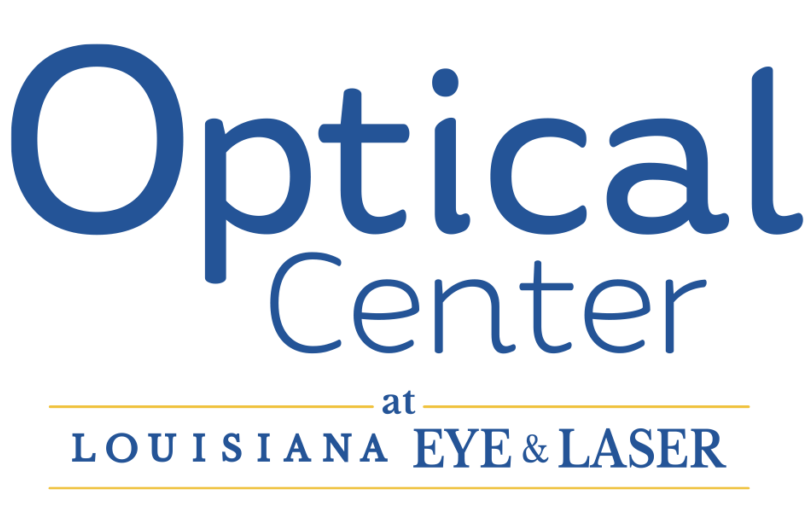Overview
Glaucoma is when the optic nerve becomes damaged. If left untreated, glaucoma can lead to complete blindness. Intraocular pressure (IOP), the pressure in the eye, is the main cause of this disease; however, there are other causes that contribute to the continued damage of the optic nerve.
A patient with early glaucoma experiences no effect on his or her vision and is often unaware of initial vision loss. The first signs of this disease are blind spots that have developed in a patient’s peripheral vision.
Glaucoma is the second leading cause of blindness in the world. It can develop at any age, but after the age of 35, your chance of developing this eye condition drastically increases. Early detection and treatment by your Louisiana Eye & Laser Center eye doctor is key and can prevent loss of sight.
Everyone is at risk for glaucoma, especially:
- African-Americans and Hispanics over the age of 40
- Anyone with a family history of glaucoma
- Anyone with Type 1 or Type 2 diabetes
- Have experienced prior trauma to the eye(s)
- Less central corneal thickness
- Systematic health problems such as migraines, poor circulation, or use of steroid medications
- Farsightedness or nearsightedness
Types of Glaucoma
Narrow-Angle Glaucoma
This type of glaucoma is known as acute glaucoma or angle-closure glaucoma. This type of glaucoma occurs when the entrance to the eye’s drainage canals become blocked or covered. This blockage is caused when the iris is not as wide and open as it should be. When the pupil enlarges too fast or too much, the drainage canals in the eye become blocked.
There are several symptoms of narrow-angle glaucoma, including headaches, eye pain, nausea, rainbows around lights at night, and very blurred vision.
Open-Angle Glaucoma
This type of glaucoma is the most common type of the eye disease. According to the Glaucoma Research Foundation, 90% of glaucoma cases are open-angle glaucoma. Unlike narrow-angle glaucoma, the angle where the iris meets the cornea is wide and open, as it should be. Open-angle glaucoma occurs when the entrance to the drainage canals are functioning properly but blockages occur farther inside the canal.
Most patients who have open-angle glaucoma do not notice any changes in their vision. Peripheral or side vision is the initial vision loss that occurs, which is why it goes unnoticed. Visual acuity and vision sharpness are not impacted in the early stages of glaucoma.
Open-angle glaucoma shows no early warning signs or symptoms. The only way to diagnose this disease early is to have a yearly dilated eye exam. Early detection and treatment can preserve vision and help prevent or reduce future vision loss.
Diagnosing Glaucoma
Glaucoma can only be diagnosed by having a dilated eye exam. You eye doctor cannot determine if you have glaucoma by just checking your eye pressure, as many glaucoma patients experience normal IOP levels.
Our Alexandria glaucoma eye doctors now offer Optomap® for retinal imaging, which is an alternative to having your eyes dilated. This advanced technology digitally scans the retina and optic nerve. This is a non-invasive test (no drops required) and the images only take seconds to capture. Your eye doctor quickly reviews the scans and determines if any problems need to be addressed.
During your glaucoma evaluation, our doctors will:
- Measure your intraocular pressure
- Inspect the drainage angle of your eye
- Evaluate the optic nerve for damage
- Test the peripheral vision of each eye
Early diagnosis and treatment is very important because glaucoma damage cannot be reversed. Once vision loss occurs, it cannot be regained. Glaucoma progresses without you being aware of it. Follow-up examinations are crucial to confirm stability of the disease.
Once glaucoma is diagnosed, it needs to be treated. When caught early, typically the intraocular pressure (IOP) is controlled, and the patient maintains his or her present state of visional function; glaucoma doesn’t have any impact on the patient’s quality of life. If glaucoma is ignored until the later stages of the disease, the visual impairment will often have a significant impact on the patient’s life.
To schedule an eye exam for you or a loved one, please request an appointment or call us at 318-228-1467.





